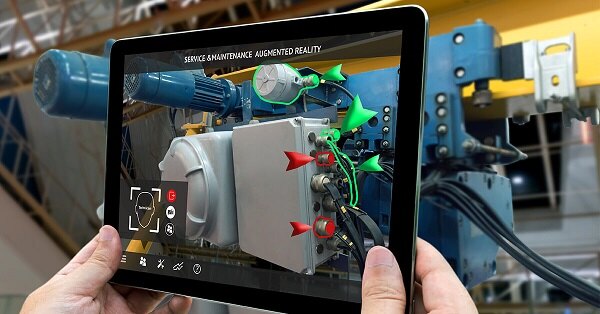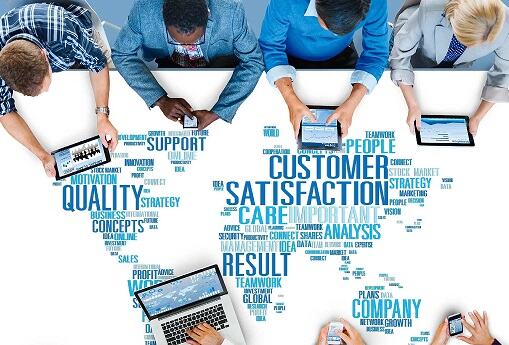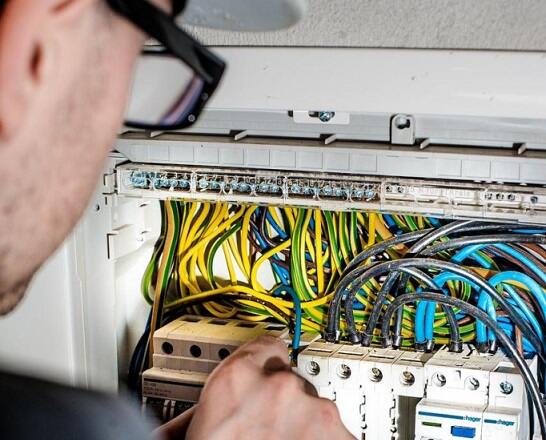In today’s interconnected world, businesses and industries are constantly seeking innovative solutions to bridge the gap between physical and virtual environments.
AR remote assistance has emerged as a game-changing technology that enables remote collaboration and support in various industries. This article explores the concept of AR remote assistance, its benefits and real-life applications
What is AR Remote Assistance?

Augmented reality remote assistance leverages augmented reality (AR) technology to provide real-time guidance and support remotely. It allows experts or technicians to assist field workers or customers by overlaying virtual information onto the real-world environment through smart devices or wearable technology. By using live video streaming, AR overlays, and collaborative tools, remote experts can guide, instruct, and troubleshoot without being physically present at the location.
Everything You Should Know About Using Remote Proctor Services
Benefits of AR Remote Assistance
AR remote assistance offers numerous advantages across industries. Let’s delve into some of the key benefits:
1. Improved Efficiency and Productivity

By enabling real-time collaboration and problem-solving, AR remote assistance enhances efficiency and productivity. Field technicians can receive immediate guidance, reducing downtime and increasing operational efficiency. Tasks that previously required multiple site visits can now be resolved remotely, saving time and resources.
2. Cost Reduction

Traditional on-site support and maintenance can be costly due to travel expenses and downtime. AR remote assistance eliminates the need for unnecessary travel, reducing costs associated with transportation and accommodation. Moreover, quicker issue resolution minimizes unplanned equipment downtime, resulting in cost savings for businesses.
3. Enhanced Customer Service

AR remote assistance empowers companies to provide better customer service by offering quick and efficient support. Customers can receive real-time assistance from experts, reducing frustration and improving satisfaction levels. Remote experts can guide users through troubleshooting steps, resulting in faster issue resolution and happier customers.
4. Knowledge Transfer and Training

AR remote assistance is a valuable tool for knowledge transfer and training purposes. Experienced professionals can remotely guide and train less experienced individuals, enabling them to gain expertise and perform complex tasks confidently. This technology facilitates continuous learning and upskilling, leading to improved workforce competence.
Revolutionizing Security: The Duo Mobile App for Android
Industries Utilizing AR Remote Assistance:
AR remote assistance finds applications across various industries, transforming the way work is conducted. Let’s explore some industries benefiting from this technology:
Manufacturing
The manufacturing sector reaps numerous benefits from augmented reality in terms of remote assistance, leading to improved efficiency and productivity. One significant merit lies in the enhanced collaboration and communication it facilitates. With AR, remote experts can virtually guide on-site workers in real-time, providing step-by-step instructions and visual overlays directly onto the physical environment.
This remote assistance eliminates the need for experts to travel to the manufacturing site, reducing costs and saving valuable time. AR enables workers to access vital information and expertise instantly, ensuring accurate and streamlined operations.
Healthcare
With AR, healthcare professionals can remotely assist patients and medical personnel, leading to improved patient outcomes and increased efficiency in healthcare delivery. Through real-time visual overlays, healthcare providers can guide and instruct remotely located individuals, such as first responders or less experienced healthcare professionals, during critical procedures.
AR enables healthcare experts to remotely assess complex cases, analyze medical images, and provide instant feedback, eliminating the need for in-person consultations and reducing unnecessary patient transfers. By leveraging augmented reality for remote assistance, the healthcare sector maximizes its potential to deliver high-quality care across geographical boundaries, ultimately enhancing patient access, safety, and overall healthcare outcomes.
Oil and gas
Augmented reality guides on-site employees during potentially dangerous situations, enabling them to effectively navigate machine failures while maintaining safety standards. The implementation of AR platforms like Nsflow leads to improved cost-efficiency by reducing the need for employee travel and accommodation, minimizing human errors, and decreasing expenditures on traditional training methods.
AR also ensures the retention of knowledge by storing standardized training resources and instructions digitally.
The potential of AR Remote Assistance
As presented above, incorporating AR technology into industrial operations enables companies to improve efficiency and productivity, at the same time reducing costs and interruption to their processes. Leveraging the potential of augmented reality is one of the core improvements enterprises can introduce to preserve their competitive advantage in the dynamic environment of Industry 4.0.




